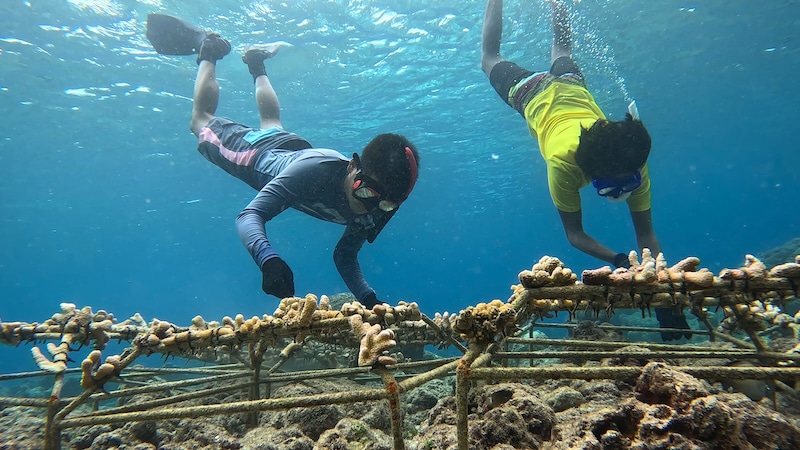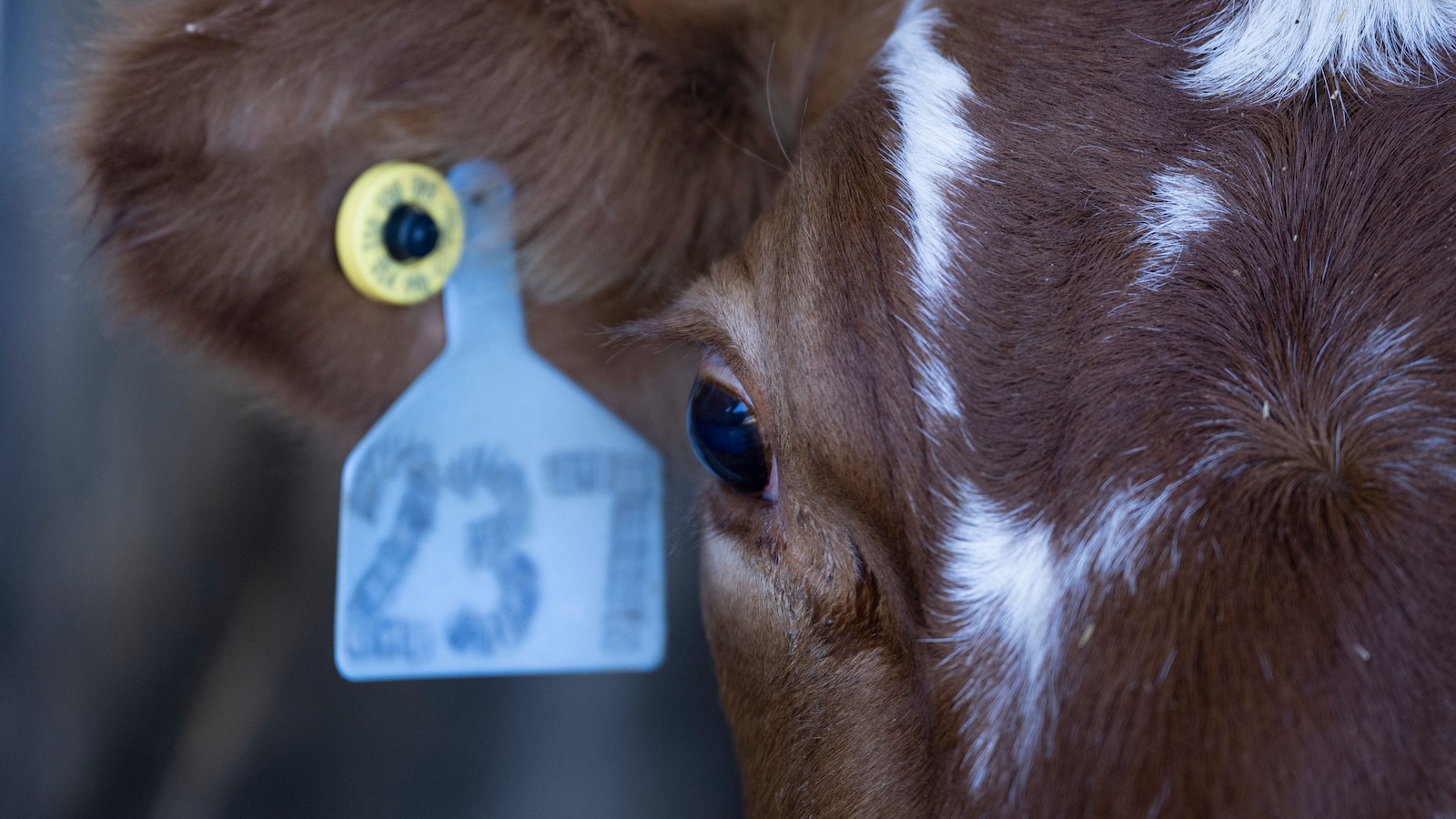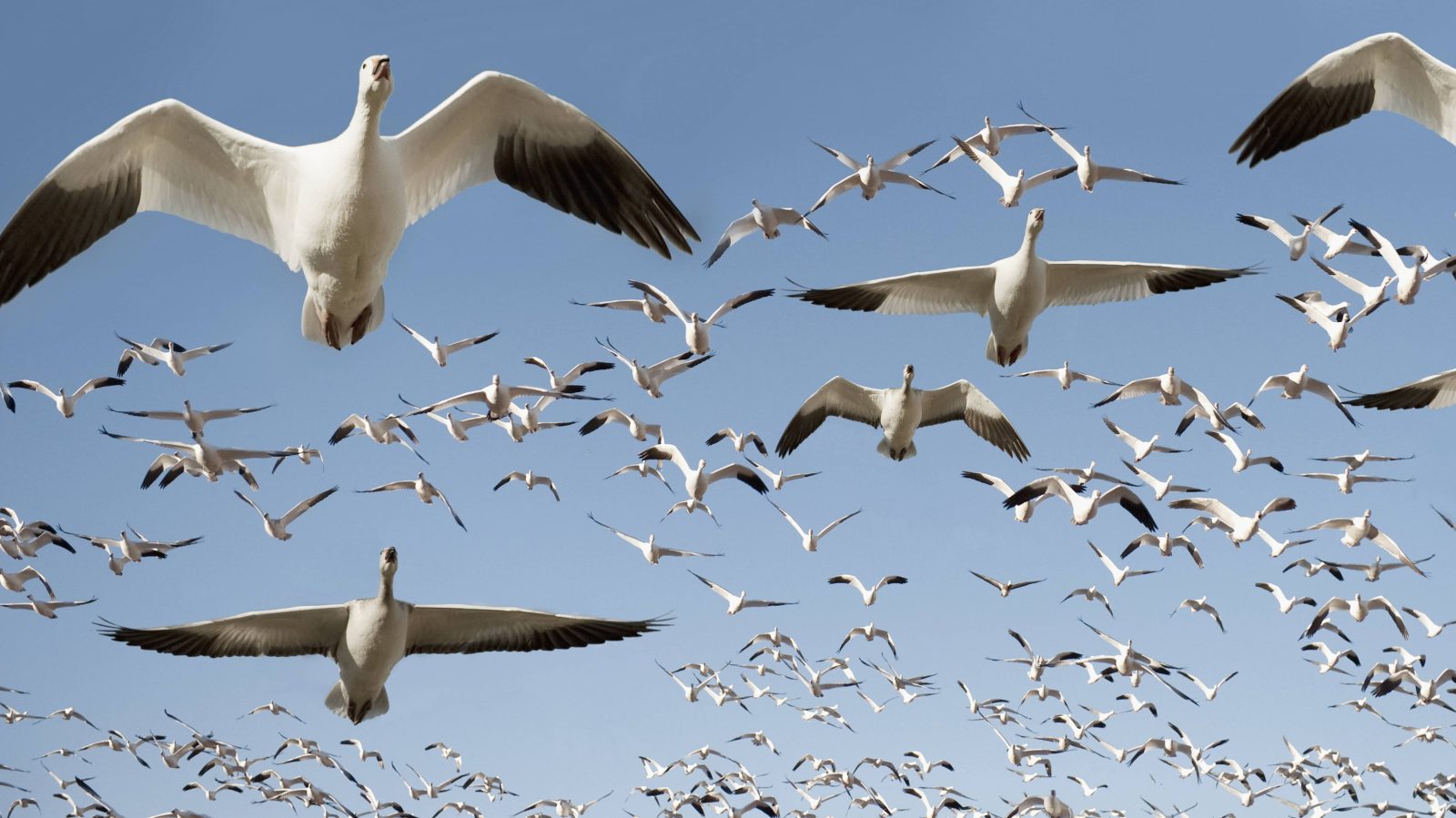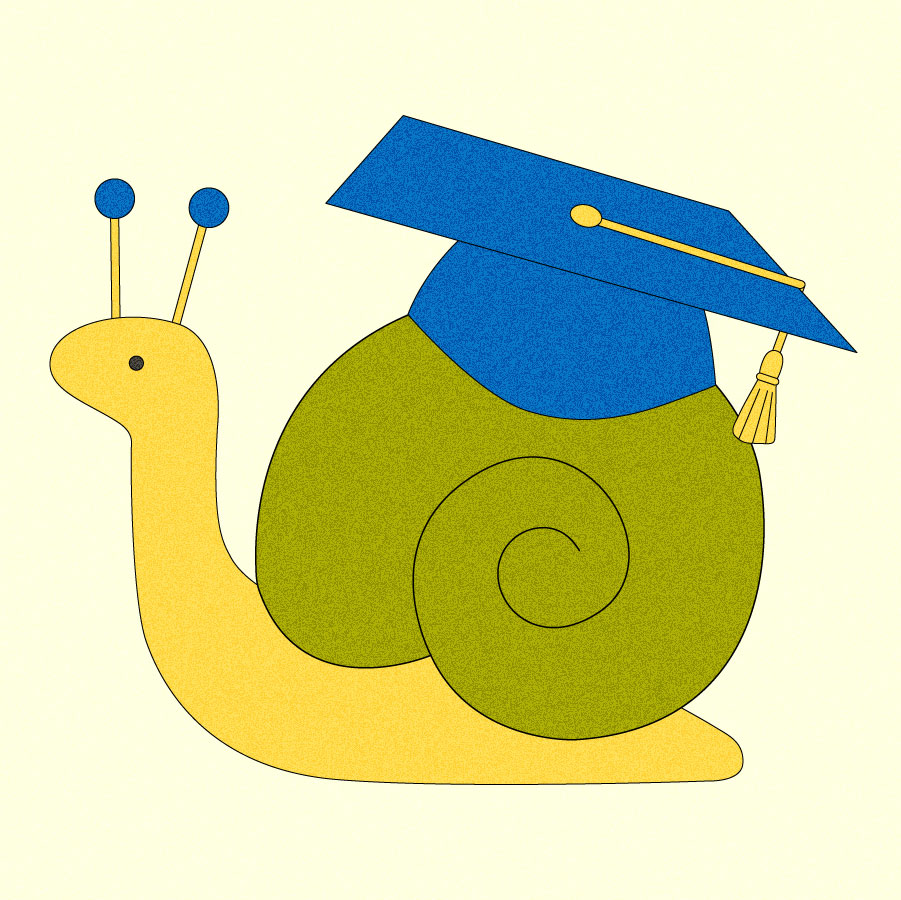
Hey there, fam. Today’s spotlight story is a collaboration with The Green Fix, a Europe-focused climate newsletter managed by Cass Hebron. Cass and I have been following each other’s work for a while now, and we teamed up to bring you this story about the world’s first master’s program in degrowth.
The spotlight
In 2018, one of Spain’s top-ranked universities, which trains its graduates for careers in everything from neuroscience and biomedicine to government and economics, launched a first-of-its-kind master’s program in a more nascent and explicitly nontraditional field: a degree in degrowth.
Degrowth is a movement that calls for intentionally scaling down overdeveloped economies, like those in the U.S. and Europe, focusing instead on citizens’ well-being, ecological sustainability, and providing for basic needs without extracting every last resource. The idea has been gaining momentum, particularly in Europe where it originated, and its proponents argue it offers the best path to a lifestyle that is compatible with addressing climate change — one that respects the planet’s limits and avoids unnecessary emissions by simply producing and consuming less.
The master’s program and a separate online master’s in degrowth that was started in 2021 have now seen hundreds of graduates. But what does it mean to train people for a career in disrupting the whole idea of careers? And what happens when graduates of a program designed to reimagine the system have to find their place within that system?
Big questions, but ever since we at Looking Forward and The Green Fix first learned about this unique degree program, we’ve been wanting to find out what it’s really like to study degrowth — and what happens afterward.

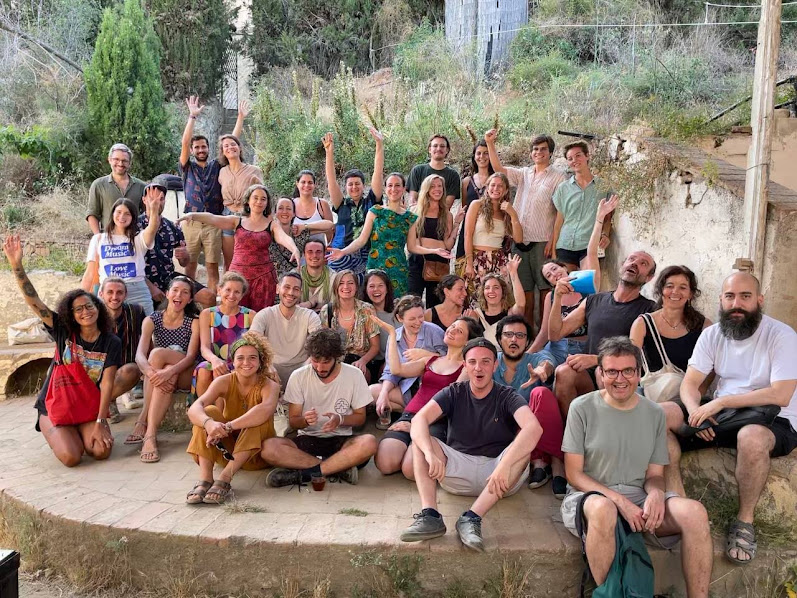
A meetup of degrowth master’s students, from both the in-person and online programs, in June 2022 in Can Masdeu, an occupied social center in Barcelona. Jana Kenkel
The university is called the Universitat Autònoma de Barcelona, or Autonomous University of Barcelona, which is a way of saying a university not controlled by the government. And the degree is technically in political ecology, degrowth, and environmental justice. In other words, studying sustainable alternatives to the modern economic system.
One of the masterminds behind the program is Giorgos Kallis, a prominent researcher and advocate in the field of degrowth. Kallis, an academic with a warm and approachable air, describes his research as “un-disciplinary,” in the sense that it has spanned many topics, from droughts and water policies to ecological economics. It was his work on water management that led him to question the paradigm of continuous and necessary growth.
He became a professor at the Autonomous University of Barcelona in 2010 and, along with colleagues at the Research & Degrowth association, launched a summer school program in degrowth. “There were many people who would come for the summer school and they would say, ‘We wish there was also a full master’s,’” Kallis said. At the same time, there were plenty of researchers in the field who were eager to teach.
Students at the master’s program in Barcelona take theoretical classes in degrowth, environmental justice, and alternative economics and governance structures, and also receive practical training in skills like group facilitation, how to run a social justice campaign, and how to set up a cooperative. All backgrounds are welcomed, but the program tends to attract radically minded students — “at least in terms of the need for transformation in order to confront climate change,” Kallis said. Around two-thirds of the students who attend the in-person program are from Europe. The online program, which is solely focused on theory, tends to reach a more diverse mix.
Kallis and his colleagues also designed the in-person program specifically to prepare students for the job market. It offers career development with three main paths in mind: policy and advocacy work; work in the social and cooperative economy; and research.
“I mean, we don’t mind someone working in the private sector and bringing these ideas wherever they want,” he said. But it tends not to attract the kind of person who’s interested in climbing the corporate ladder, so to speak.

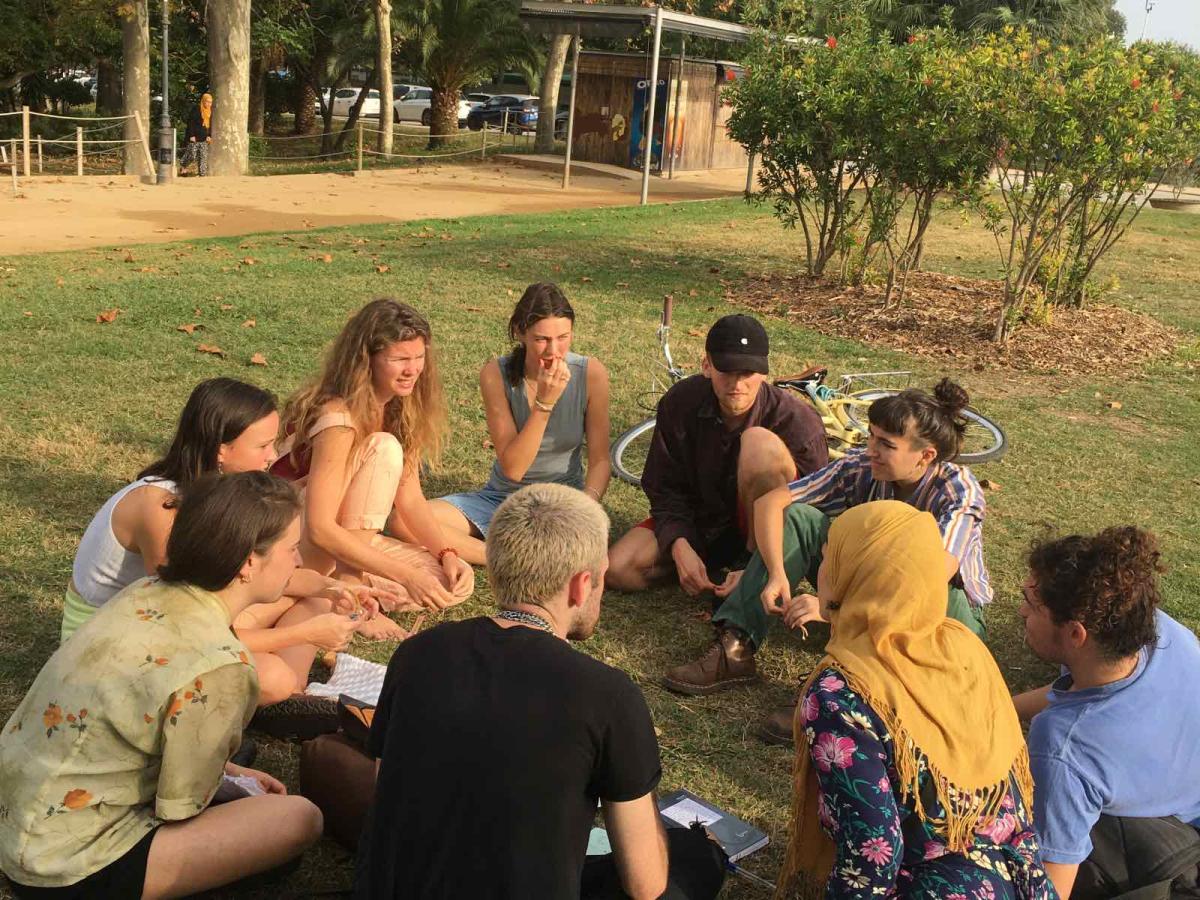
A class on group facilitation techniques in October 2022, with students from the in-person master’s program. Jana Kenkel
France-based graduate Adélaide Cadioux had been jumping between jobs for years before enrolling in the Barcelona program. “I was feeling very dissatisfied with the way that companies were working. My values were seemingly constantly misaligning with people’s needs for profit.” She found the program by pure chance while searching on the university website, and described it as a moment of revelation. “I was like, ‘I need to quit my job and do that master’s.’”
There, she said, “I found people who understand what it feels like to constantly feel like you don’t fit in and your values are not represented in whatever job you’re going for.” Many of the students there shared her desire to find an alternative to traditional capitalist ways of working. “There’s also a form of radical acceptance,” she said. “It’s normal that you feel like this. Let’s work together on something else.”
Valerie Costa, a recent graduate from the U.S., was feeling burned out after working in the nonprofit and social good sectors for around two decades. “I wasn’t even really actively wanting to be a grad student,” she said, “but I was like, ‘Oh, wow. I could take a year and really think about everything I’ve been working on, but in a deeper way.’”
Recent Belgian graduate Emilie de Bassompierre had already encountered the concept of degrowth in their previous studies and was looking for a way to put it into practice. “I had teachers who were very keen on studying critiques of capitalism,” they said. “My studies helped me gain an understanding of not only how that system came to be from a historical perspective, but also, if we want alternatives, what are the elements of the system that we have to think of dismantling?”
Post-graduation, de Bassompierre is facing down the reality of balancing their values with their need to pay the rent — and how to make use of having the privilege of being able to prioritize their values for at least a while; a privilege many other students share. “It’s already been a few years that I’m aware that whatever I want to do, it’s not going to be something that brings me a lot of money,” de Bassompierre said. Following graduation, they are pursuing an internship in climate justice at a European nongovernmental organization. After that, they are considering a future in either advocacy or academia. But the most important thing, they said, is that they can pursue a life that makes them happy — and they don’t anticipate working full time forever.
“Before, I was always looking at what I ‘should’ do or what was the ethical, moral thing to do. But that can lead you to burning out. I think it’s possible to deconstruct the idea that we have to define ourselves through our work,” de Bassompierre said. “I want to have free time for activism and independent projects.”
Cadioux and Costa are also weighing how degrowth fits into their future plans. Cadioux is still searching for a job. “If something comes along the lines of what I want … I [would] find ways to amp up my activism or give back to the community, where it just feels like a sort of equal relationship between what you take from capitalism and what you give back to your community,” she said.
For Costa, incorporating degrowth principles and advocacy into her work has been challenging in other ways. After graduating, she returned to the U.S., where the concept is still fairly novel. “I’m not gonna walk down the street with a degrowth flag,” she said. She added that, from a policy perspective, the U.S. lacks the kind of social safety net that is a prerequisite to effective and equitable degrowth. “I’m not going to campaign for austerity,” she said. “What I do want is more livable communities for people. I want people to be more connected with each other. I want better services and supports in place, better housing.”
After completing the program, her activism has remained focused on resistance, with an element of community-building as well. She co-founded a Seattle-based network called Troublemakers that weaves those two things together. “For me, the degrowth program really illuminated the absolute critical importance of community and connection,” she said.

While he believes that this specialized training in degrowth and political ecology is valuable, and was previously missing from the academic landscape, Giorgos Kallis also recognizes that studying degrowth may be something of a hard sell when job hunting. “Would the ministry contract someone who has studied how to degrow the economy, when no one wants to degrow it?” he said.
Still, at least two alumni of the master’s program have gone on to be assistants to members of the European Parliament, Kallis noted. Others have organized an annual festival that brings together LGBTQ+ rights with elements of degrowth. And others are working as activists, teachers, nonprofit leaders, and more.
Kallis believes that there is value in studying the principles of degrowth whether or not students go on to find their lifelong path in bringing it to fruition. “I want to think that increasingly there will be demand for out-of-the-box thinking,” he said. “And I also want to think that, degrowth or not degrowth, our students are getting good training in fundamental theories, models, ecological economics, political ecology. So even if they don’t work on degrowth per se — but they work on some other framework or transition or climate mitigation — they have the skills to be critical and good thinkers.”
For Angela Huston, who, like many other graduates of the online program, is mid-career and less willing than some of the in-person students to spend several years just pondering how to change the system, this was exactly the point.
Huston had been working in public services and international development in Italy for 10 years before doing the virtual master’s. She said she valued how the program forced her to question the cultural expectations to make money and be financially comfortable. “I was super-radical hardcore in my university days,” she said. “And then, I think over time, I started to conform more with the world. And that’s part of the reason I’ve gone back to degrowth. We need more of this radical thinking that’s not trying to align with and appease current systems.”
Given the urgency of the climate crisis and how challenging it is to change the current economic system in the timeframe needed, Huston said she is open to working with for-profit companies, where she can influence their climate-transition strategies from inside and help mitigate their climate impacts.

Applications for the seventh cohort of the Barcelona program are now open. The program was restructured this year, based on feedback from students and faculty, to include things like a stronger focus on activism skills and more intersectional frameworks, such as feminism and decolonization.
The coordinators of both the online and in-person degrees are currently focused on making them more accessible to people from different backgrounds, especially those from outside Europe and the U.S. They are also working to more actively steward the network of alumni, and are looking toward an alumni conference next year.
And as for the graduates who are still trying to figure out what their degrowth studies mean for their path out in the current working world? “I don’t think that it’s because we studied degrowth that now we’re lost,” de Bassompierre said. “It’s more the opposite: figuring out how to work toward the world we want to see.”
— Cass Hebron and Claire Elise Thompson
More exposure
A parting shot
While Valerie Costa noted that she wouldn’t necessarily march down a street in the U.S. with a degrowth sign, that sight is much more commonplace in Europe. Here’s a photo from a Fridays for Future protest just last month in Munich ahead of the European elections.
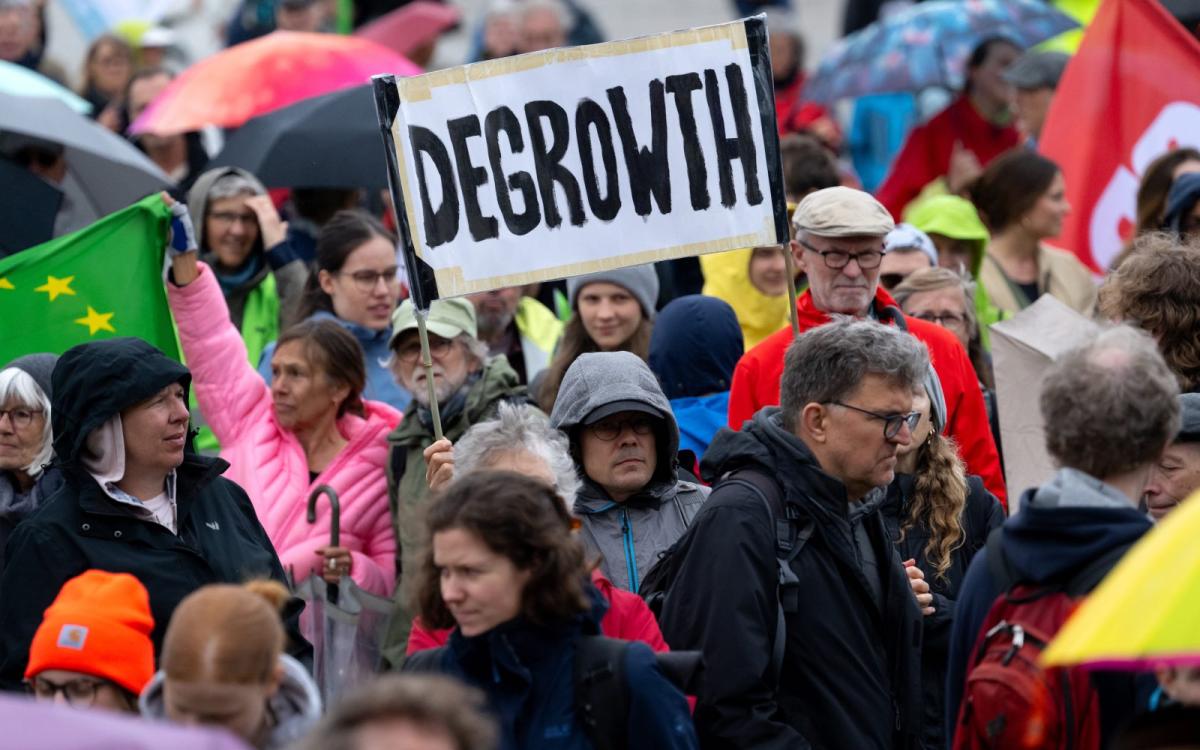
IMAGE CREDITS
Vision: Grist
Spotlight: Jana Kenkel
Parting shot: picture alliance / Getty Images
This story was originally published by Grist with the headline What can you do with a degree in degrowth? on Jun 12, 2024.
